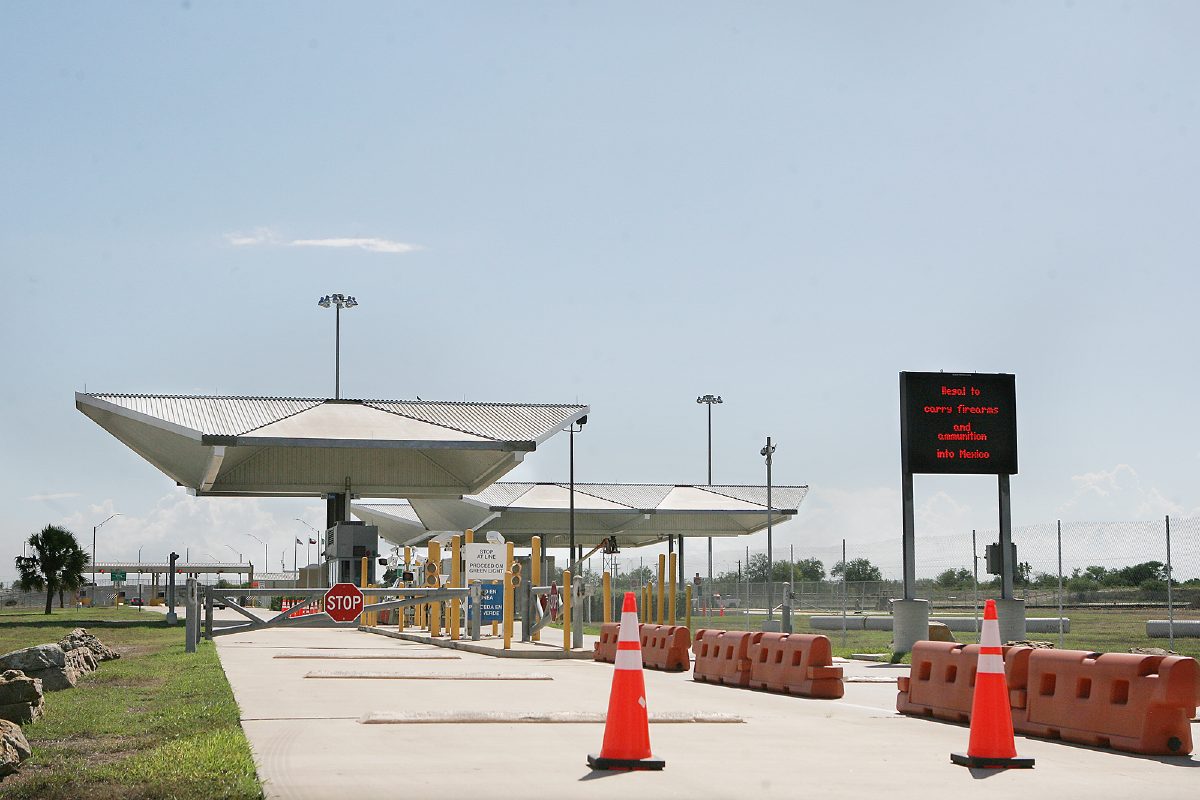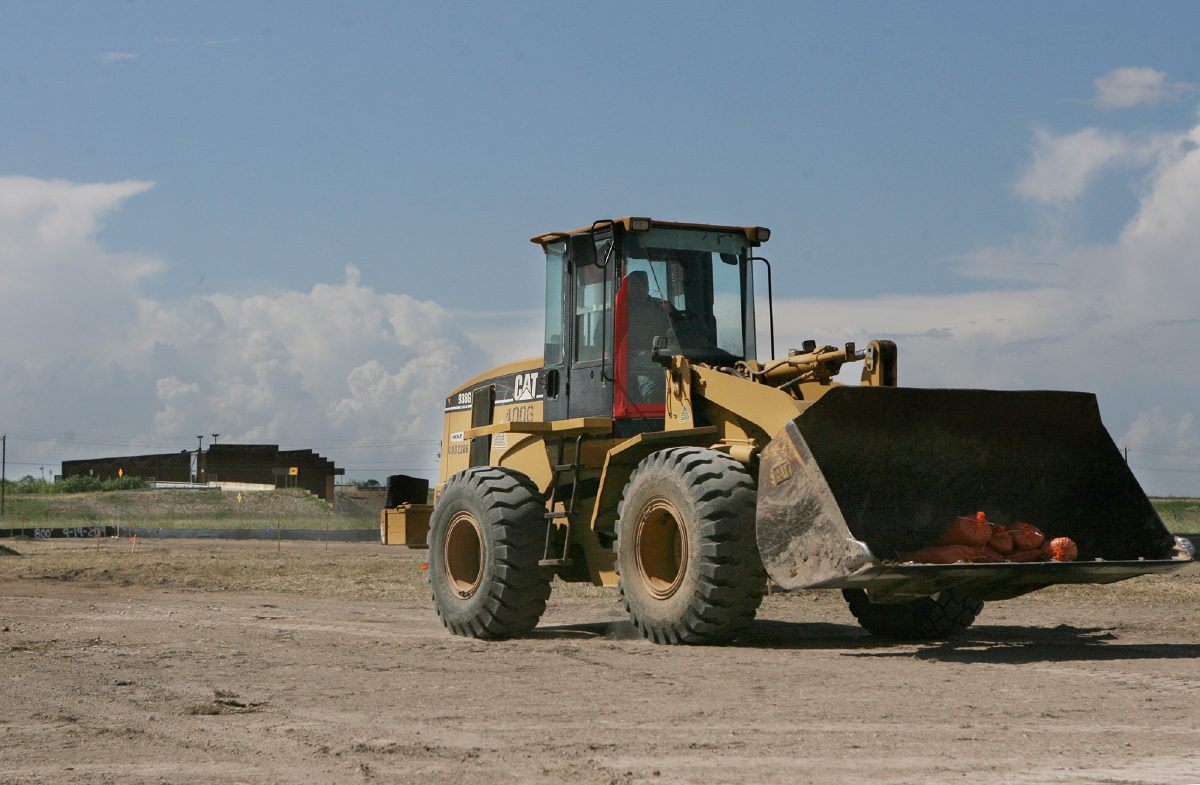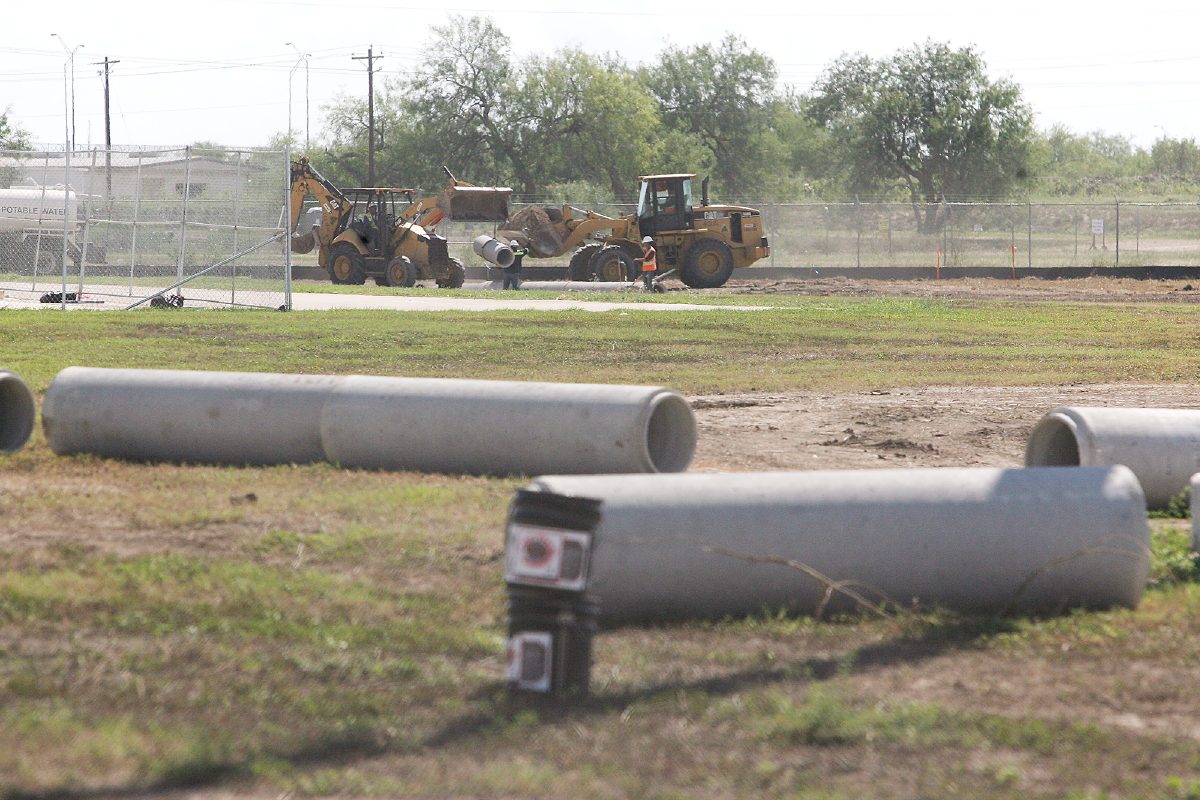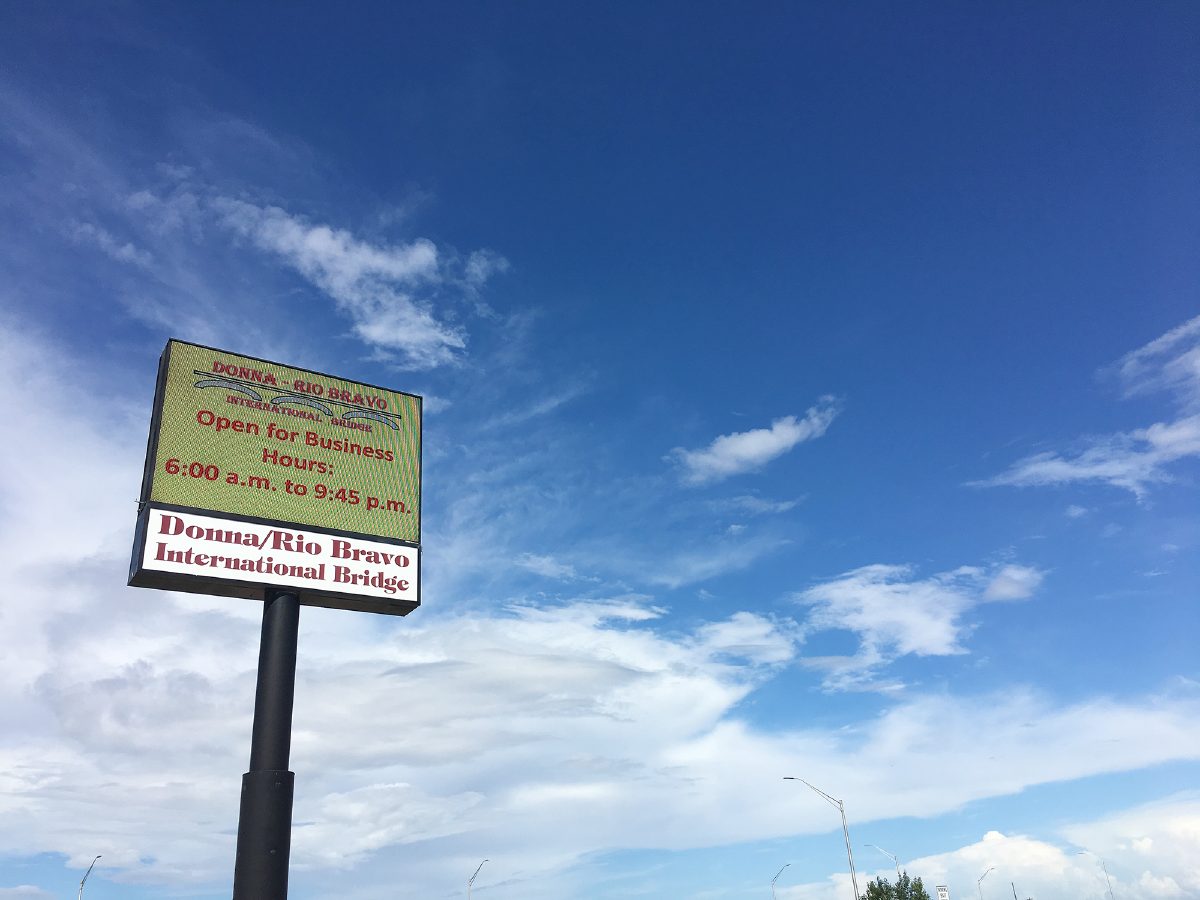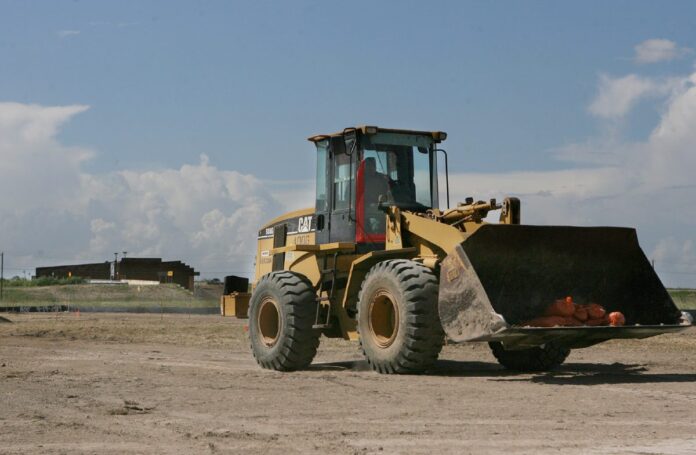
DONNA — City leaders here are celebrating the start of a long-awaited $60 million expansion of the Donna-Rio Bravo International Bridge.
The expansion will turn the nearly 10-year-old port of entry — which is currently passenger vehicle only — into a state-of-the-art commercial hub that officials hope will serve as a catalyst for economic growth in the Mid-Valley.
“It’s a great day for Donna. It’s a great day for the bridge,” Donna City Manager Carlos Yerena said at the top of a bridge board meeting last month, where city leaders learned that the bridge had been given the green light by the federal government to proceed.
It was a jubilant moment for the bridge board, city leaders and bridge staff, who had worked for months to gain approval from the General Services Agency after the project had come to a standstill, Yerena said. “Dr. Reyna and our staff has done a great job moving this project forward,” Yerena said, referring to Dr. Jesus René Reyna, executive director of the bridge.
For his part, Reyna was quick to extoll U.S. Rep. Filemon Vela, D-Brownsville, whose advocacy on behalf of the city was instrumental in getting the project off the ground again. “He was a huge supporter of this project and he actually met with the president of Mexico and was pushing for this project,” Reyna said of Vela.
In a statement released late last month, the congressman expressed his excitement at seeing the expansion move forward. “I look forward to the day soon that we see the first commercial truck cross over,” Vela said.
Yerena added that the binational cooperation on the project included talks with the mayor of Rio Bravo, and ongoing discussions with Tamaulipas Gov. Francisco Javier García Cabeza de Vaca, whom Yerena hinted may be announcing another big project later this month.
THE BUILD
During the bridge board meeting, Yerena practically beamed, explaining how the project, which will be divided into two phases, will make Donna a “model port” — and one of only three commercial ports in Hidalgo County. “It’s a model port because the technology that’s used,” Yerena said. “You’re gonna have technology that’s gonna allow trucks to cross at a rate of a hundred trucks per hour, which is, to truckers, time is money,” he said.
U.S. Customs and Border Protection will be footing the bill for the high tech inspection and processing equipment, Yerena said, to the tune of approximately $12 million. The Texas Department of Transportation will be kicking in another $11 million, which will help fund improvements on the miles-long road leading to the tranquil bridge.
In all, Donna secured approximately $25 million in grants to fund the project. The rest — some $35 million — will likely be financed through revenue bonds, Yerena explained.
The first phase of construction will cost approximately $4.3 million and include southbound lanes for empty commercial vehicles. Construction began on a fortuitous day — el Diez y Seis de Septiembre, Mexican Independence Day — and is expected to last seven months, explained Guillermo “Willie” Arriata, project manager with S&B Infrastructure.
Phase one includes the construction of a concrete roadway, a canopy with an inspection booth, and the modification of an existing booth to collect tolls. While construction on the southbound “empties” proceeds, the bridge is simultaneously having its design concepts for the northbound lanes being reviewed by the GSA.
Altogether, the commercial lane expansion will include a command center, processing offices, a detention area, two X-ray machines, new lanes for the commercial traffic, and dual inspection stations which will allow both U.S. and Mexican authorities to conduct cargo inspections on this side of the border.
The non-intrusive inspection technology will make the Donna-Rio Bravo port the first of its kind, Yerena said, and will serve to expedite the flow of commercial traffic in ways other ports can’t. “It’ll expedite the crossing, so maybe instead of crossing one time you can cross two times,” Yerena said.
FRINGE BENEFITS
Already, news of the expansion is having tangible impacts on the city.
Construction has already begun on a $1 million project just south of the bridge’s administrative offices. That venture will ultimately become a duty-free store, Yerena said.
And that’s not all. Recently, a Fortune 500 company has announced it will construct a 70,000-square-foot auto parts remanufacture facility in the shadow of the port, as well. “Everything is based on the fact that we’re opening the commercial port,” Yerena said.
Donna Police Chief Gilbert Guerrero said the city is in a unique position to reap the rewards of the bridge’s expansion because, unlike other cities with ports of entry, Donna still has plenty of land available for companies looking to locate in the Rio Grande Valley. “People can come and invest here and that’s a big plus to the community,” Guerrero said.
DIFFICULT TASK
The city of Donna has had a federal permit to construct an international bridge since 1979, but it wasn’t until 2010 that construction on the passenger lanes was finally completed. The plan always included adding commercial lanes, Yerena said. “We’ve always had the goal of trying to get those, that commercial port going. It’s just it’s not an easy thing to do. It’s a difficult task,” he said.
“Everything that’s worthwhile is difficult.”
Indeed, Donna took on millions of dollars in debt to finance the construction in the mid-aughts, and plans to open commercial lanes by 2012 stalled for years. The city is still paying off the debt it accrued for the passenger lanes, including more than $30 million in certificates of obligation it first issued in 2007.
The city also issued COs in 2015 and 2016 that were intended to pay for city infrastructure improvements — including at the bridge — according to documents obtained from the Municipal Securities Rulemaking Board’s Electronic Municipal Market Access website.
In 2016, Donna also re-funded more than $27 million in debt, according to documents retrieved on EMMA. And this summer, the city re-funded approximately $5.5 million in bridge-related debt that had originally been issued in 2009.
The various loans will mature in the late 2030s and into the 2040s.
Like with the construction then, the city will take on more debt to complete the commercial lanes now — this time, via revenue bonds, which will allow the debt to be self-supporting.
“The revenue that we create from the truck crossings, the fees from the truck, is gonna pay for that debt service,” Yerena said.
Toll revenues from passenger traffic are currently being used to help pay for the existing debt, Reyna, the bridge director, said. “The passenger revenue is satisfying the existing debt,” he said.
However, financial disclosures made as part of the 2009 series of COs contain a footnote that show the city at the time expected passenger revenues to only partially support the debt service, until the addition of commercial traffic lanes.
“The City will continue to seek a financial commitment from the U.S. Government to construct and operate facilities to accommodate commercial traffic at the international bridge, since the eventual self support (sic) of the 2007 Bonds is dependent on this,” the footnote reads.
Still, Reyna remained optimistic, saying traffic trends at the bridge have been increasing over time. He estimated some 50,000 passenger vehicles pass through the bridge each month. “We’ve seen positive gains each year because people are now recognizing that Donna and Rio Bravo have a port of entry. So each year it has grown,” Reyna said.

